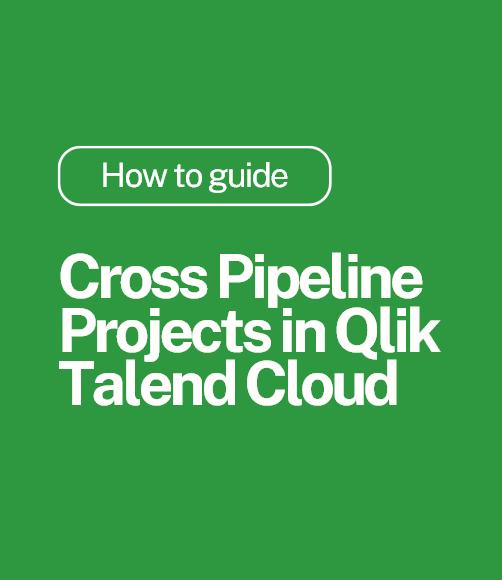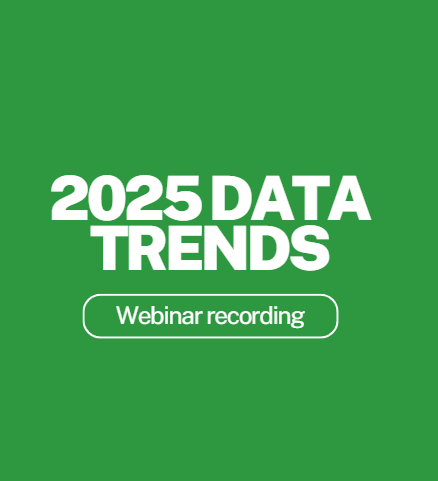Why is Data Governance important?
Data Governance is the sum of processes and practices utilised by an organisation that ensures formal management of data assets. All assets need to be responsibly and effectively managed in an enterprise – and data is no exception. As such, data governance is the framework through which a business establishes data strategy, policy and objectives.
Data governance’s end goal is for all data within the company to be consistent and reliable. We rely on data to drive innovation, with data insights helping businesses improve decision-making, enter new markets and work out areas to improve on in their current practices.
Well-managed data governance ensures that data is managed effectively and responsibly, protecting against the mishandling of sensitive data such as customer details or private enterprise information. It also improves efficiency – by simply removing duplicate data, the risk of duplicated errors is eliminated, saving costs that come with fixing these errors.
On the other hand, without effective data governance, your data analysis could potentially be compromised by erroneous, inconsistent or duplicated data. If customer data is siloed across different systems and there is no data governance to consolidate this data, for example, then their information such as contact details can appear differently to different teams, thus rendering the data no longer meaningful.
We regularly see new and updated legislation surrounding data, and data governance can help you protect data. Failure to adequately safeguard data can result in fines for breaches of compliance and can be detrimental to the organisation’s reputation. With this in mind, many companies are now focussing more heavily on data governance, but aren’t sure how to structure their framework or what data governance should mean to their enterprise.
Noncompliance with the likes of GDPR, which came into effect in 2018 and grants people more control over their data, can result in hefty fines. As well as this, poorly structured data can be a security risk simply because it’s easier to spot unusual activity in structured data.
How can we help?
The ability to trace data from source, with the help of NodeGraph, makes it easier to track here your data comes from and understand the underlying calculations. It gives Qlik users trust in their data which enables them to make better data-driven decisions. NodeGraph is an add-on for Qlik Sense and QlikView which allows users to explore, visualise and trace where their data comes from. It can help you see the potential effects of various changes to data models and Qlik implementation, achieving true data literacy when it comes to how certain parameters have an overall impact.
If you’d like to find out more about data governance, Ometis will be running a webinar which will include a Q&A session as well as a demo on using NodeGraph with Qlik. You can register for FREE here.





Comments